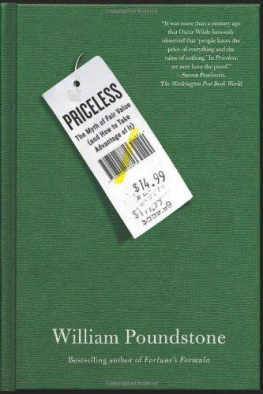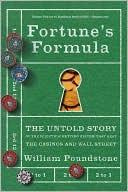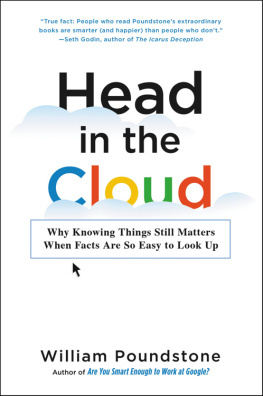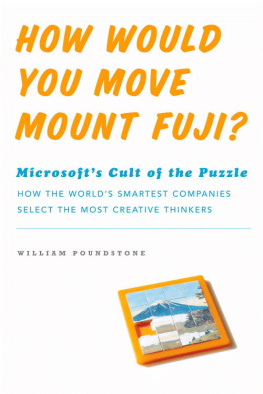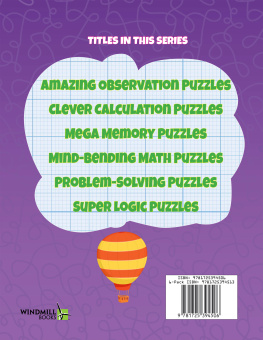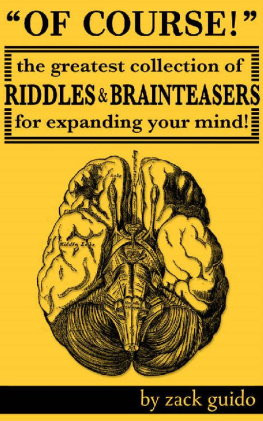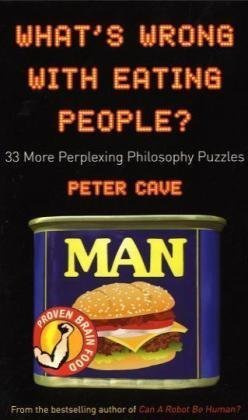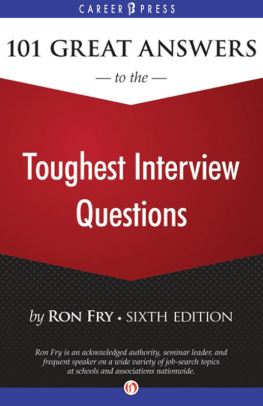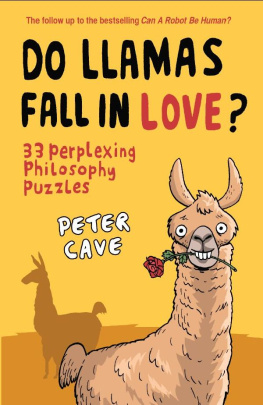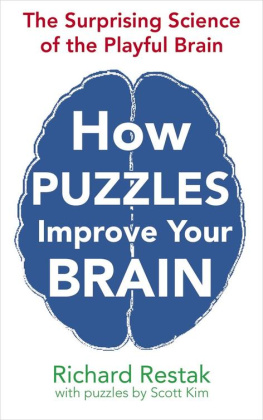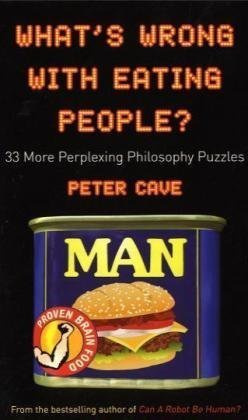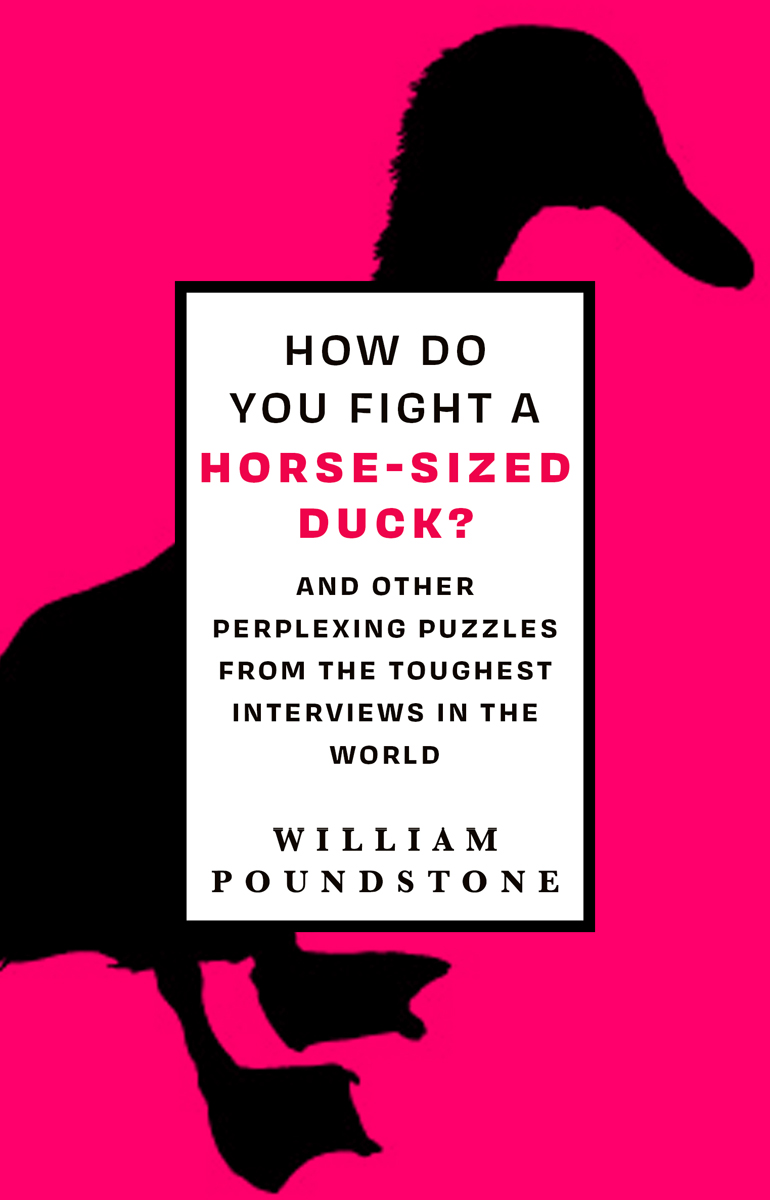Contents
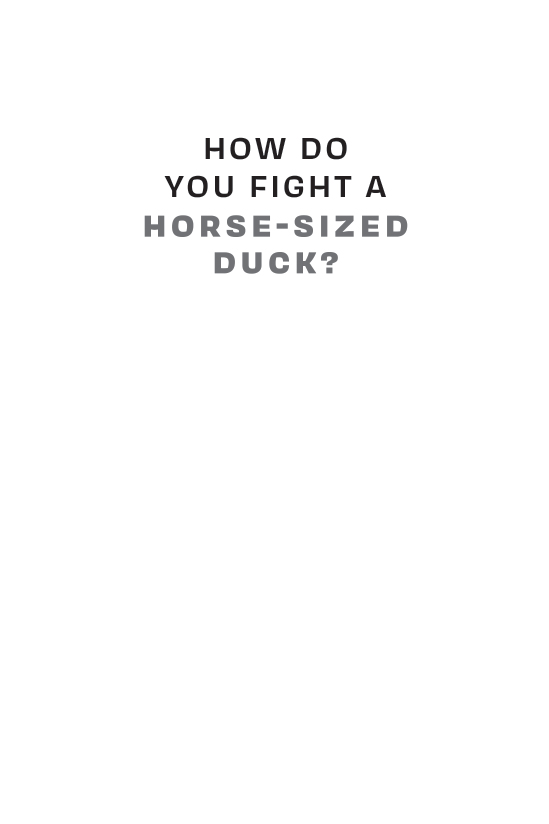
Also by William Poundstone
How to Predict Everything Head in the Cloud
How to Predict the Unpredictable
Are You Smart Enough to Work at Google?
Priceless

For Bernard Feld
____________________________
A Oneworld Book
First published in Great Britain, the Republic of Ireland and Australia by Oneworld Publications, 2021
This ebook published 2021
Copyright William Poundstone 2021
The moral right of William Poundstone to be identified as the Author of this work has been asserted by him in accordance with the Copyright, Designs, and Patents Act 1988
All rights reserved
Copyright under Berne Convention
A CIP record for this title is available from the British Library
ISBN 978-0-86154-007-5
eISBN 978-0-86154-008-2
Oneworld Publications
10 Bloomsbury Street
London WC1B 3SR
England
Stay up to date with the latest books, special offers, and exclusive content from Oneworld with our newsletter
Sign up on our website
oneworld-publications.com
Contents

Foreword: The Cherry Tree Incident
T homas Alva Edison established a light bulb factory at the bottom of a hill in Menlo Park, New Jersey. There, 75 employees toiled long into the night making incandescent bulbs. Edison, an insomniac who worked 20-hour days, hired an organist to supply music. A catered lunch was served at midnight. On one lunch break, Edison happened to mention the cherry tree on the hill above the factory. To his astonishment none of his employees knew of the cherry tree. Edison launched an investigation. He determined that 27 employees had walked by the cherry tree every day for six months and had failed to notice it.
The incident confirmed one of Edisons pet theories, that most people dont pay attention to the world around them. Edison felt his employees should notice things. This conviction eventually led him to compile a questionnaire to be given to those applying for a job with his companies. Edison found that most applicants, even those who came with college degrees and sterling references, were unable to answer his 48 exceedingly simple questions. They were not hired.
Yet every large concern is employing many of these incompetents, Edison said in a 1921 interview, causing loss to the companies and, therefore, to the public of untold millions. If concerns would only get up a little questionnaire and have candidates for positions take this test, at the least the worst of the incompetents could be prevented from being put into positions where their gross inability results in incalculable loss.
Much of the public must have taken Edisons peevish pronouncement as something approaching gospel. The famous inventor was seen as the patron saint of hard work and scientific know-how. A 1922 opinion poll rated Edison as, simply, the greatest living American.
Edisons comments about the questionnaire went viral, to the extent that was possible in the print age. A flurry of commentary, speculation, and outrage played out in newspapers and magazines over the coming months. The New York Times managed to run 23 articles and editorials on Edisons questionnaire in the month of May 1921 alone. This included one authentic scoop: a rejected applicant came forth to recount as many Edison questions as he could remember. Soon another Edison reject chimed in. Times reporters researched the answers and printed them in the paper of record.
The Edison questionnaire, it turned out, was a mixture of trivia and mental calculation.
What countries bound France?
Who wrote Les Misrables?
Name three powerful poisons.
What is the weight of air in a room 20 by 30 by 10?
What state has the largest amethyst mines?
The Boston Herald tested Massachusetts politicians with the Edison quiz. Its headline reported: These Men Are Ignoramuses, According to Edison.
Journalists pressed the other great genius of the age, Albert Einstein, for his opinion. The New York Times gleefully reported that Einstein stumbled on a physics question and had thereby become one of us.
The physicists downfall was What is the speed of sound? Einstein replied that he could not say off-hand.... He did not carry such information in his mind but it was readily available in textbooks.
Edison complained that the widespread exposure of his questionnaire had made it harder to recruit competent employees. He vowed to make up new lists of questions, warning that these will be copyrighted, and anyone using them as an Edison questionnaire will face a lawsuit.
By June 1922 Edison had devised a new set of 150 questions. This second list was likewise quickly exposed. It included more trivia (What is grape-nuts made of?) and also more open-ended problems:
You have only $10 in the world and are playing poker with a man you have never seen before. On the first deal he holds a pat hand. You have three eights before the draw. There is 50 cents in the pot. He bets a quarter. What are you going to do, and why?
Some employers took Edisons advice and began using similar questions. But the questionnaire drew at least as much indignation. Columbia University psychologist Edward Thorndike was among those damning it: I am sure Mr. Edison would prefer a man who was loyal to his family, his school, and his church, honorable in character, honest about money, willing and able to put in an eight-hour day without shirking, to a man who could perform an elaborate set of stunts, verbal or otherwise, but lacked these qualities.
* * *
Psychologist Paul M. Dennis has argued that the Edison questionnaire played a large, under-recognized role in changing the conversation on hiring. In Edisons time as now, job interviews were subjective assessments of how well someone would fit in. However imperfect or even misguided, the Edison questionnaire offered a new paradigm. It was an attempt to ask questions whose answers might predict job performance. This aspiration has been enduringly influential. It jump-started a century of research attempting to determine whether interviews could forecast workplace performance and to identify the questions and techniques that were most predictive. It has also led to changes in hiring practices and new types of employee assessment, some as provocative and controversial as Edisons.
Recessions, pandemics, social media, and artificial intelligence are changing hiring at a chaotic pace. One constant of recent decades is that both employees and employers are more selective than ever. Graduates find themselves struggling with debt and an economy that no longer guarantees a good wage to the educated. There is the sense that landing a good-paying job is a lifeline, crucial in ways it wasnt for previous generations. Job seekers are also concerned about the social and ethical dimensions of work. They expect to see their own values reflected in an employer. Consequently applicants spend hours online researching potential employers. This has led to a profusion of job-search apps and best places to work lists. Annual features by LinkedIn, Fortune,


